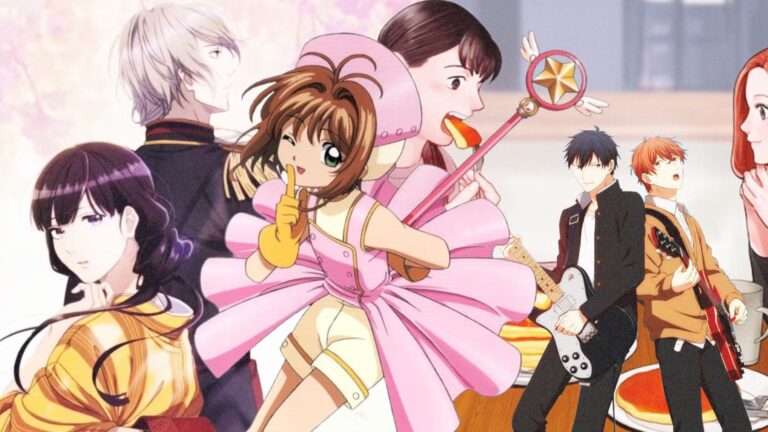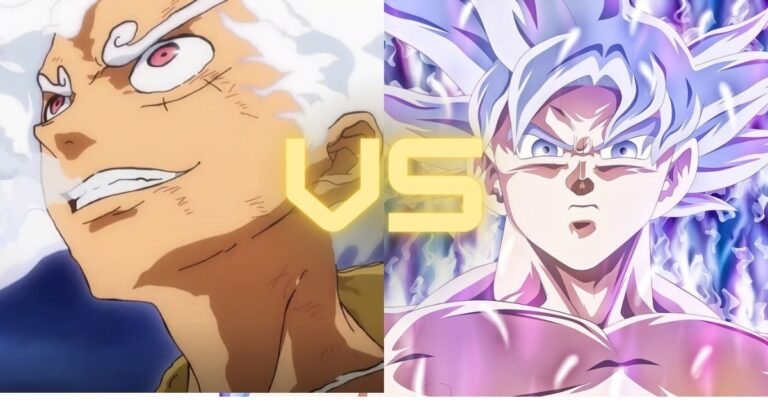When people first compare anime vs cartoon, they often notice a stark difference in tone, visuals, and storytelling. But what truly sets anime apart isn’t just its art style. It’s the way anime builds emotion, depth, and meaning over time. Whether you’re watching a slow-burning character drama like Frieren: Beyond Journey’s End or the whimsical chaos of Adventure Time, the storytelling DNA feels remarkably different.
So, what creates this gap in experience between anime vs cartoons? Let’s explore the deeper layers.
Anime vs Cartoons: What are the major differences between them?
Table of Contents
Table of Contents
1. Storytelling Depth and Emotional Weight

One of the first things anime fans often highlight is how emotionally resonant anime can be. Shows like Your Lie in April, Clannad, or March Comes in Like a Lion weave themes of grief, trauma, and personal growth into their core narrative. Even action-heavy titles like Attack on Titan or Naruto embed emotional arcs beneath their battles.
In contrast, many Western cartoons aim for shorter, self-contained episodes. While this creates accessibility and humor (SpongeBob SquarePants, Teen Titans Go!), it sometimes sacrifices long-term character development. The anime vs cartoon comparison becomes clear when you realize anime often treats its characters like real people with evolving lives.
2. Long-Form and Serialized Narratives
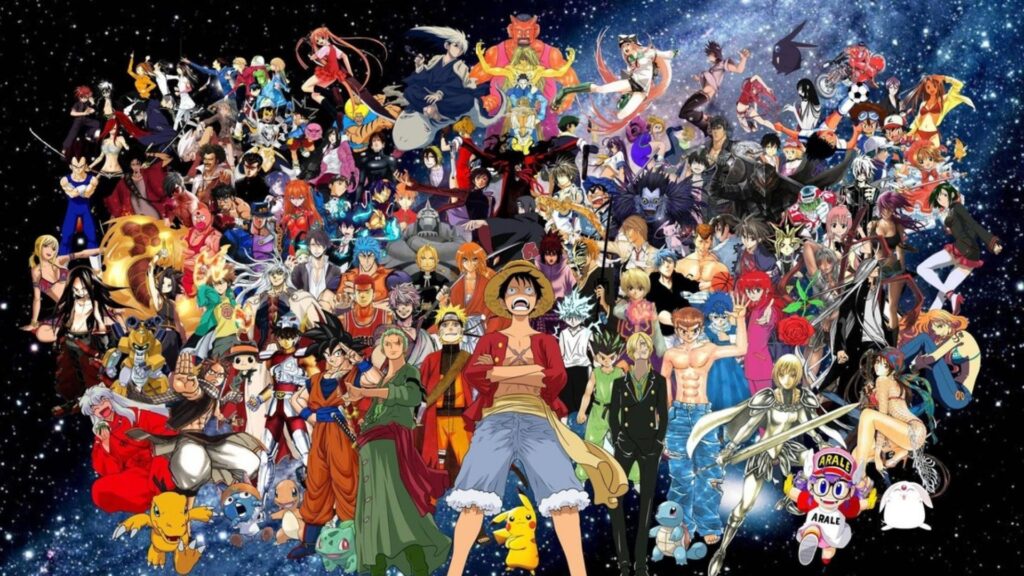
Anime often embraces long-form storytelling with continuous arcs. Series like One Piece or Fullmetal Alchemist: Brotherhood can span dozens, even hundreds of episodes, each building upon the last. This allows creators to introduce plot threads, foreshadow events, and flesh out lore over time.
Cartoons, on the other hand, traditionally follow episodic formats. While there are exceptions like Avatar: The Last Airbender or Gravity Falls, most Western cartoons prioritize standalone stories for easier syndication. This difference is a defining factor in the anime vs cartoon divide.
3. Aesthetics and Animation Techniques
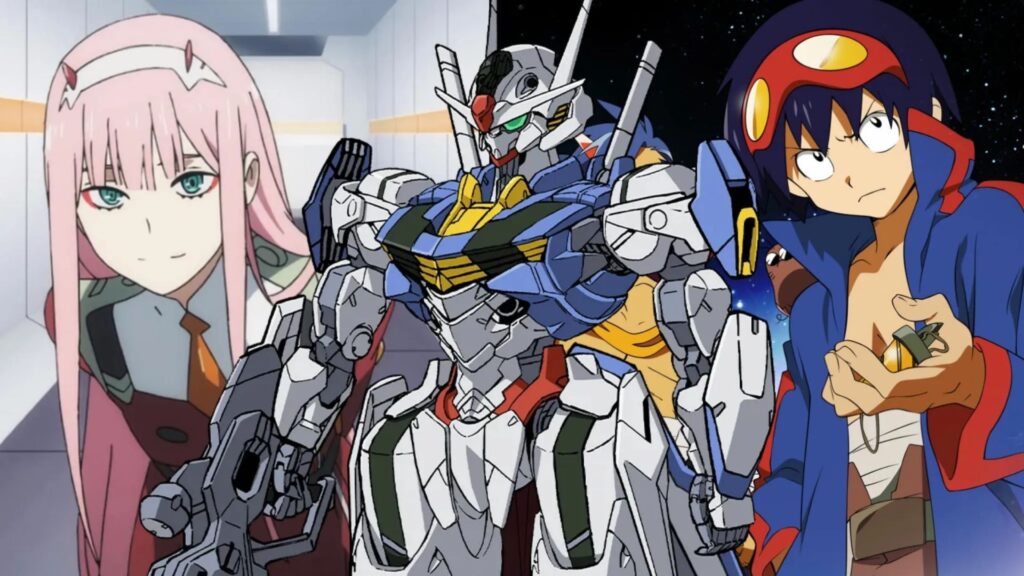
Visually, anime tends to use more cinematic angles, detailed backgrounds, and emotionally expressive close-ups. Studios like Kyoto Animation or Ufotable are known for pushing visual storytelling to its limits.
Cartoons, especially those aimed at younger audiences, often go for bold outlines, flat colors, and exaggerated movements. This isn’t a matter of quality but of stylistic intent. Adventure Time, for example, uses simplicity to highlight surreal storytelling and humor, whereas Frieren uses visual stillness and atmosphere to reflect grief and introspection.
4. Tone and Target Audience

Anime spans a wide emotional spectrum, from childish comedy to bleak psychological thrillers. While cartoons are often seen as children’s media in the West, anime embraces mature audiences without hesitation. The presence of multiple genres like seinen (for adult men) and josei (for adult women) shows anime’s willingness to explore life’s complexities at any age.
So when comparing anime vs cartoon, it becomes evident that anime often assumes its audience can handle nuance and ambiguity. That’s why series like Death Note or Monster thrive.
5. Music and Atmosphere
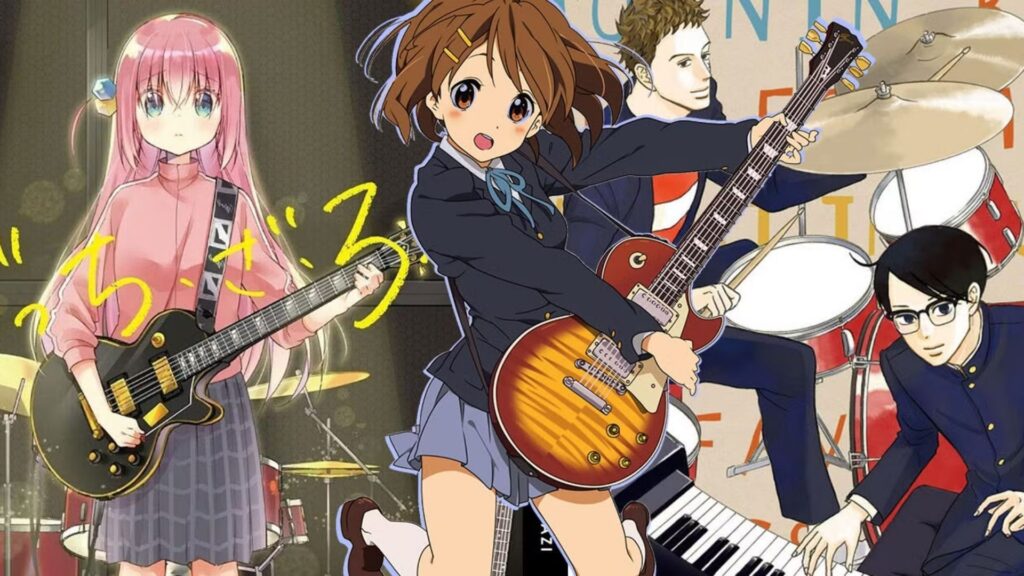
Anime soundtracks are meticulously composed to elevate mood and emotion. Whether it’s Hiroyuki Sawano’s sweeping orchestral work in Attack on Titan or Yuki Kajiura’s haunting melodies in Madoka Magica, music is an emotional anchor.
Western cartoons, while musically creative, rarely use music to the same narrative extent. There are exceptions, of course (Steven Universe), but anime treats soundtracks as emotional storytelling tools rather than background elements.
6. Voice Acting: Sub vs Dub Culture

The anime vs cartoon debate also touches voice acting. Subbed anime, anime with Japanese audio and English subtitles, is often preferred by purists for its authentic delivery. Japanese voice actors, or seiyuu, train extensively and deliver emotionally rich performances.
Western cartoons, while featuring strong voice actors, typically rely more on comedic timing and clarity over emotional realism. Even in dubbed anime, voice direction can differ, sometimes leading to debates over lost nuances. This sub vs dub debate divide has become a central part of anime culture.
7. Cultural Values and Themes
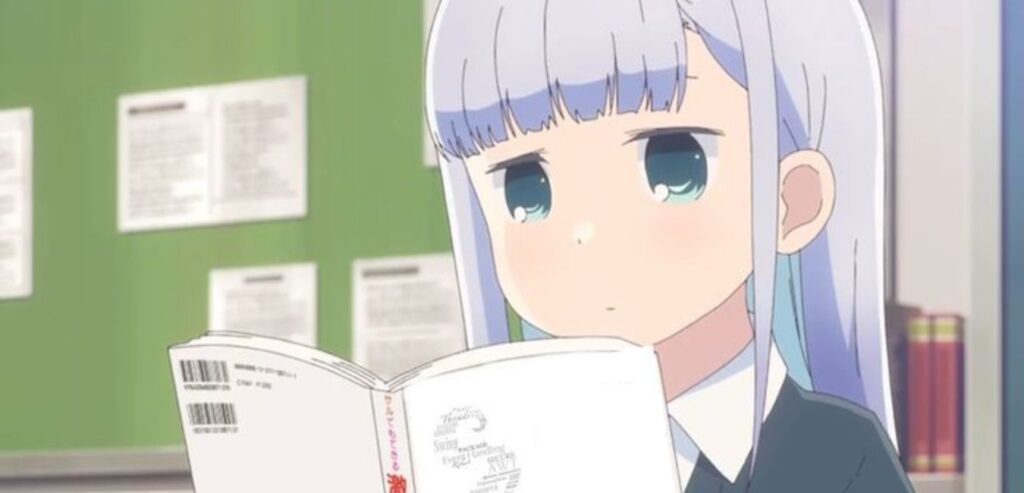
Anime lingo is deeply influenced by Japanese culture, spirituality, and social dynamics. Whether it’s the importance of honor in Samurai Champloo or Shinto spirituality in Spirited Away, anime reflects Japan’s traditions and struggles.
Cartoons reflect Western ideals like individualism, freedom, and rebellion, but often in more symbolic or metaphorical ways. These cultural underpinnings create different thematic backbones in the anime vs cartoon comparison.
8. Tropes and Archetypes

Anime also has a unique set of recurring tropes like tsundere characters, transformation sequences, or the quiet, wise mentor. These are embedded into genre-specific storytelling, be it magical girls in Sailor Moon or high school drama in My Teen Romantic Comedy SNAFU.
Cartoons have their own tropes, like the slapstick fool or the misunderstood villain, but anime uses its archetypes more sincerely and often develops them into complex characters over time.
9. Pacing and Silence
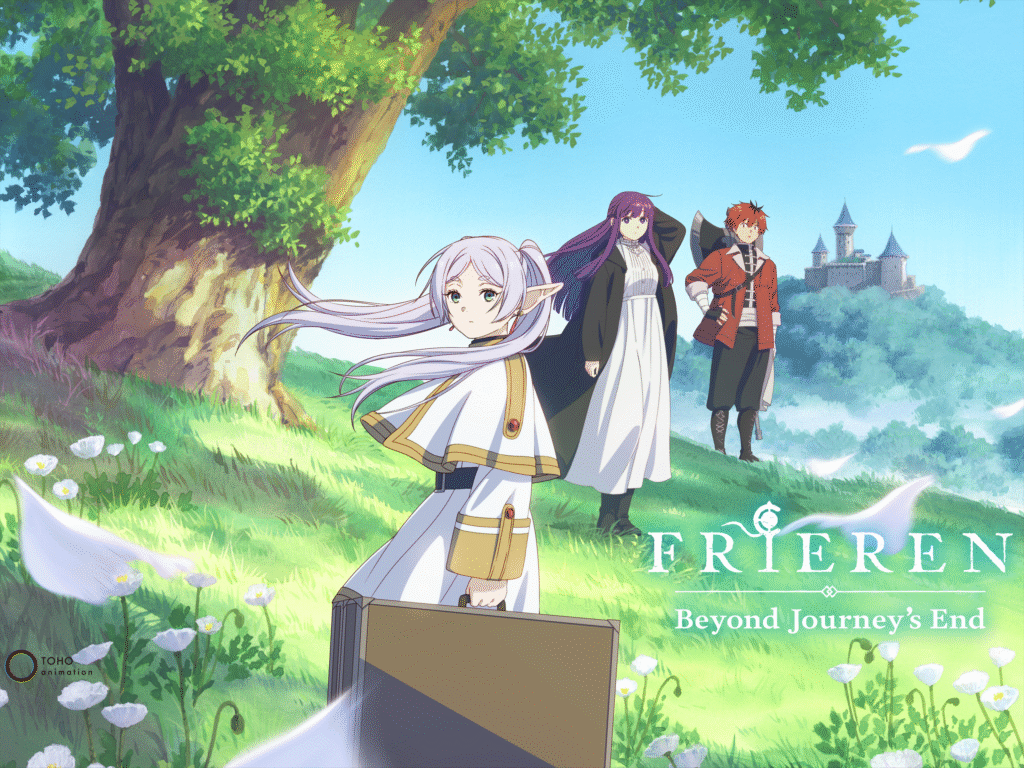
Anime is comfortable with silence, slow pacing, and reflection. Shows like Mushishi or Frieren embrace stillness to evoke introspection. Cartoons, in contrast, are typically faster-paced, using quick humor and snappy dialogue to retain engagement.
This variance contributes to the distinct rhythm that defines anime vs cartoon storytelling.
10. Fan Culture and Global Appeal

Finally, anime enjoys a deeply engaged global fanbase that celebrates everything from fan art to cosplay to Virtual Tubers. While cartoons have their own fandoms, anime’s influence on fashion, music, and lifestyle is vast.
The passion around anime comes partly from the emotional journeys it offers. It isn’t just a genre—it’s a storytelling philosophy that has touched millions worldwide.
Anime vs Cartoon: Final Thoughts
In the anime vs cartoon conversation, it’s not about which is better. It’s about recognizing that these media evolved under different creative values. Anime isn’t afraid to make you cry, to pause and reflect, or to let a story unfold over years. Cartoons bring laughter, imagination, and satire in powerful ways.
What makes anime feel so different is that it treats its audience, regardless of age, as capable of deep emotional understanding. And in a world full of distractions, that kind of storytelling still matters.



